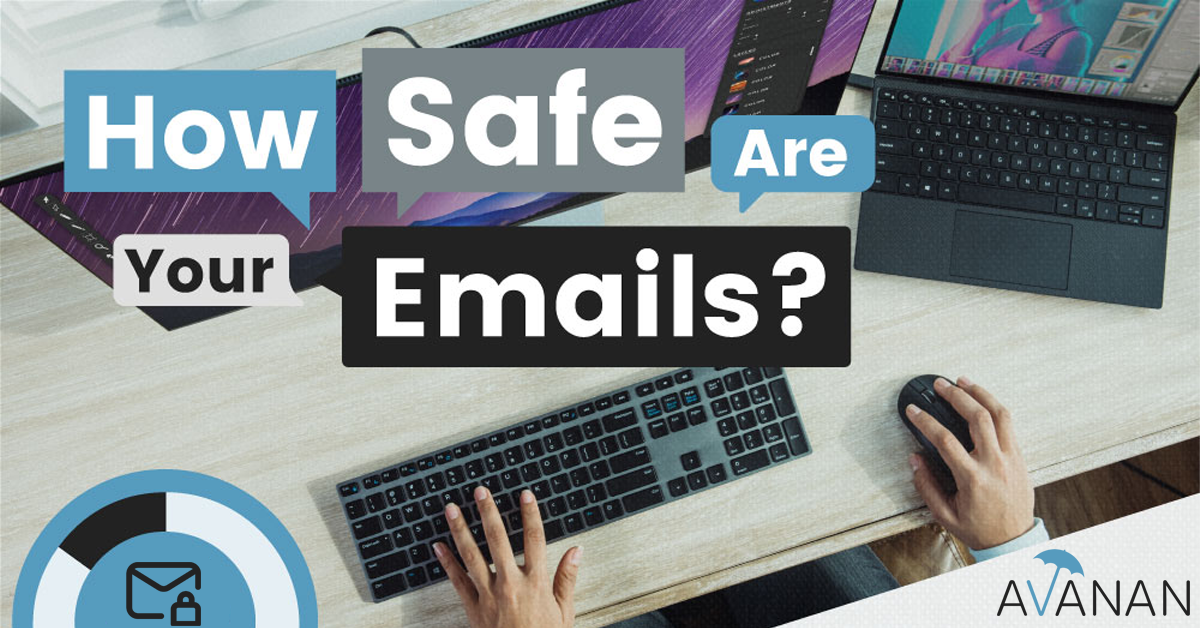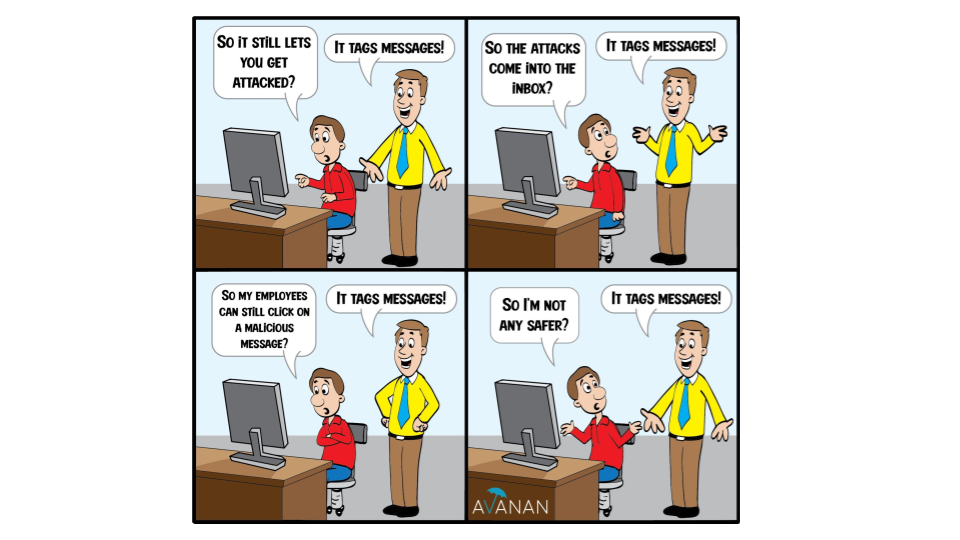As the ransomware crisis goes from something intangible to a real threat for every business, the conversation has turned to a very reasonable question: How to best prevent ransomware attacks?
The Washington Post came out with an article that aims to answer that question. The subtitle of the piece: Tips to avoid clicking something bad.
In the piece, there are plenty of helpful tips on how to spot a phishing scam.
We at Avanan think of things differently. Instead of having harried employees determine if an email is malicious or not, why not have the email security solution do the scanning and only deliver if it's 100% safe? Our API-based solution picks up on the subtle signs that hackers leave, often imperceptible to the human eye. It quarantines the email automatically so the user never has to make an assumption.
Avanan does this by leveraging Artificial Intelligence.
For AI to work effectively, it needs to be trained on the best data set. For email security, it must be embedded within the cloud suite via API. Once embedded, the data set of cloud email security solutions is much richer. By being embedded, Avanan understands who the people being emailed are, the social graph, internal email, geo-suspicious login events, and more. Beyond that, as an inline security solution, Avanan’s security layers run after Microsoft and Google’s default security filters. That means Avanan’s AI is trained on the specific attacks not caught by Google or Microsoft.
In our model, we’re constantly training and tuning our AI on the specific tenant. We have separate training sets for Office 365 and Google and separate models based on the direction of mail (inbound, outbound, internal). We use best-in-class AI algorithms and put our own inputs into them. By applying custom threat profiles for each organization, we can better tune our AI and keep phishing out. Instead of applying a one-size-fits all approach, like Microsoft and Google do, we work.
By doing this, Avanan customers see a 99.2% reduction in phishing emails reaching the inbox. That's how you avoid ransomware.
Email is the leading vector for breaches. Ensuring it's protected by blocking the email before it reaches the end-user is the best way of protecting against ransomware—and all other—attacks.







